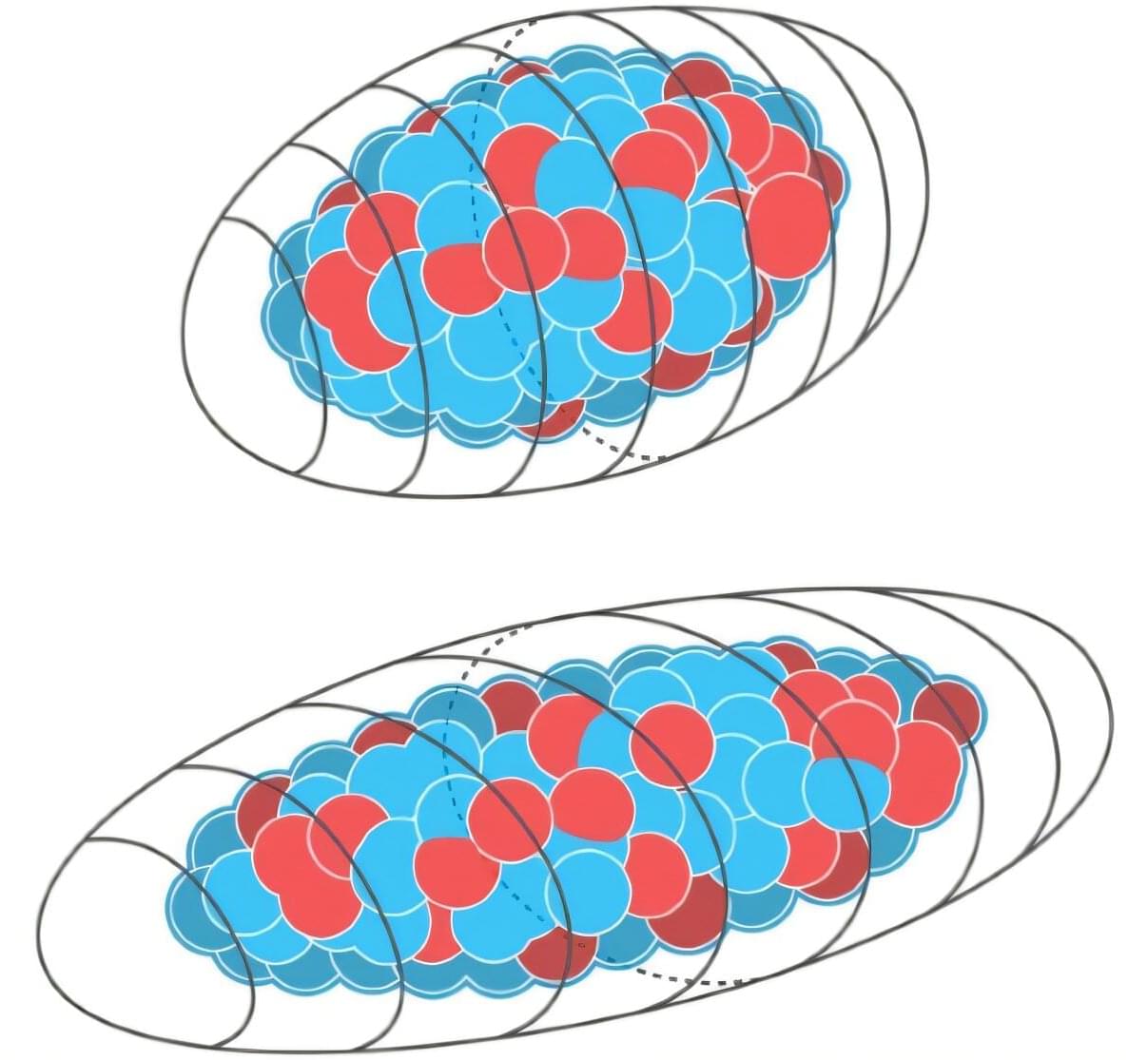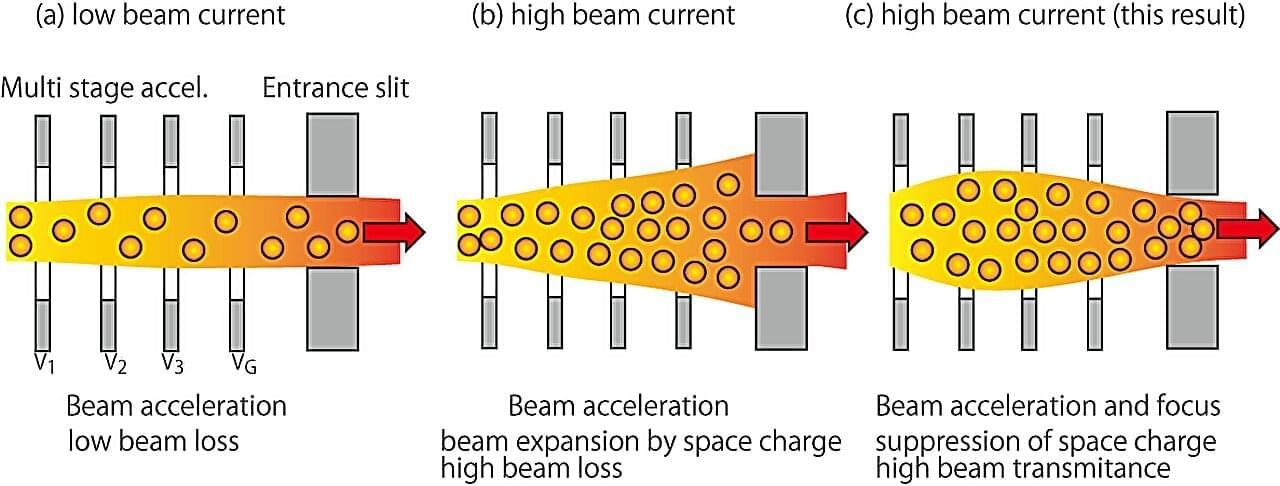Many heavy atomic nuclei are shaped more or less like squashed rugby balls than fully inflated ones, according to a theoretical study by RIKEN nuclear physicists published in The European Physical Journal A. This unexpected finding overturns the consensus held for more than half a century.
Illustrations of atoms often depict the nucleus as a round blob made up of neutrons and protons. Physicists initially assumed that nuclei were spherical like soccer balls. But in the 1950s, Aage Bohr and Ben Mottelson developed a theory that predicted that many heavy nuclei are elongated in one direction, being shaped like a rugby ball.
Following in the footsteps of his father Niels Bohr, who was awarded the 1922 Nobel prize in physics for his model of the structure of atoms, Aage Bohr shared the 1975 Nobel prize for physics for this discovery.









